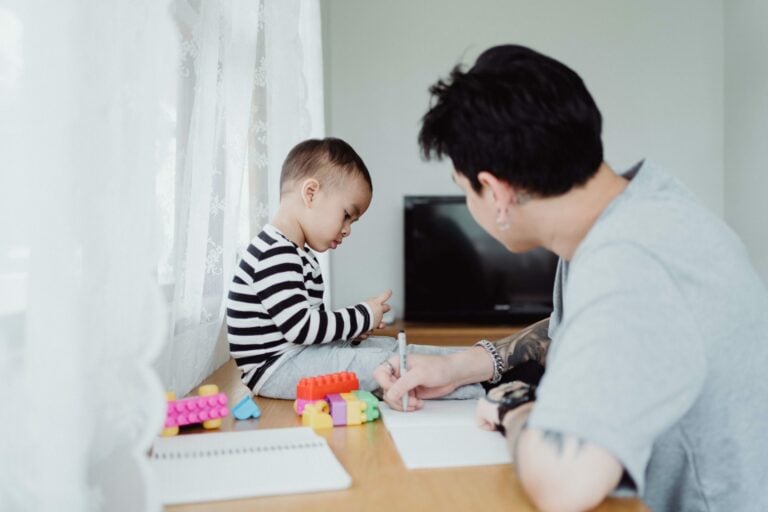There are a number of factors that influence who will get child custody in California, and a judge will always rule with the best interest of the children in mind. A court will consider things like the child’s health and welfare, if a parent has any history of abuse, the amount of contact with each parent, any negative history of either parent, and anything else a court deems relevant. If your child is at least 14 years old, and mature enough to speak about their desires, the court will weigh in their preference.
There are two types of child custody: legal and physical. Both types of child custody can be either sole or joint. Let’s take a more in depth look at both.
Legal Custody
Legal custody means who has the rights and responsibilities of making important decisions for their child. Legal custody can be either joint, where both parents share these rights and responsibilities, or sole where only one parent is responsible.
Parents with legal custody make choices on their children’s:
- Schooling and childcare
- Religious activities and practices
- Mental health counseling and needs
- Vacations and travel
- Health professionals
- Extracurricular activities
- Residency
Parents who share custody of their children may have opposing views but should work together to reach agreements. If a couple is unable to cooperate with one another, the court may decide against joint custody. Even if a parent does not have custody of their children, they are still able to parent their children and be an active role in their lives in other ways.
Physical Custody
Physical custody is when a parent has the right for their child to live in their home. Joint physical custody is when the child lives with both parents but does not necessarily mean that the child will spend exactly the same amount of time split between both parents. Usually there is one parent who gets more physical custody than the other depending on availability, and is granted sole physical custody or considered the primary custodial parent.
There are cases where couples have joint legal custody and both parents take part in important decision making, but only one parent has sole physical custody so the children primarily stay with that parent and have visitations with the other.
Sole Custody
Sole custody is when one parent has both legal and physical custody of the child and the other parent may be granted visitation rights. There are times a court may decide sole custody works better for the sake of disrupting the child’s life. Moving back and forth from each parent’s house regularly can be too hard for the children, but on the other end it may be depriving a relationship with one parent when limiting presence in the child’s life.
Visitation rights are given when one parent has sole custody:
- Scheduled visitations are a common arrangement where both parents arrange a visitation schedule that defines when their children will spend time with the parent that has visitation rights. To avoid confusion or disruptions in the future, these plans should be clear and both parents must understand and adhere to the schedule.
- Reasonable visitations are open-ended and allow both parents to work out a plan that works for both of them. Clear communication and flexibility is helpful in this arrangement, though this arrangement leaves room for conflict between both parents.
- Supervised visitations are used for the safety of the children, where the visitation is with the other parent, a family member, or professional agency. This is an especially useful way to reconnect a parent who has not been present in the child’s life consistently and needs to build a bond.
- No visitations are an option when one parent is a physical or mental danger to the child and having any contact is not in the best interest of the child.
Joint Custody
Joint custody is preferable when both parents are amicable towards one another and able to work out arrangements. The court will mix and match to fit your custody based on your situation. Joint physical custody typically works best when both parents live near one another making scheduling pickups, doing errands, and sharing time much easier. If you are willing and able to come up with a co-parenting plan, a judge can help modify or affirm when you present it in court.
Child Custody Arrangement Help in San Jose
Managing a visitation schedule can be a very important part of your child custody case. At Hann Law Firm, you and your family matter to us. We are here to listen to your challenges, offer the best solutions, answer questions to give you confidence in court, and prepare for the best possible outcome for you and your family.
Contact us for a free consultation and let us help you achieve a desirable custody arrangement that keeps your children’s best interests at heart.


